The decision to install a Household Centrifugal Pump is often driven by a need for better water pressure, but it can also be accompanied by questions about the process and long-term care. Concerns about complex installation procedures, potential breakdowns, and ongoing maintenance can sometimes cause hesitation. Addressing these concerns directly is key to a positive experience. This article provides a clear overview of what to expect during installation and outlines straightforward maintenance practices. With the right knowledge, homeowners can feel assured about managing their Household Centrifugal Pumpz for years of consistent service.
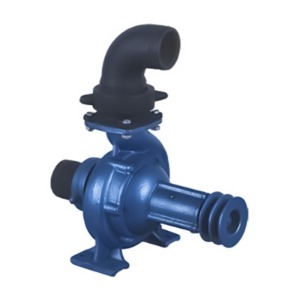
Installation Pathways: Professional and DIY Considerations
The installation of a Household Centrifugal Pump can be approached in two main ways. For systems that are integrated into the main water line, involve electrical work, or require connection to a pressure tank, engaging a qualified plumber is a recommended path. A professional ensures that the pump is correctly sized, properly connected, and safely wired, which helps prevent operational issues and aligns with local building codes. This approach provides peace of mind and often includes a service guarantee.
For those with practical skills, installing a simpler model, such as one for a specific task like garden irrigation, can be a manageable project. The fundamental steps involve selecting a stable, dry, and accessible location, making secure water-tight connections to the inlet and outlet pipes, and ensuring a safe electrical connection to a grounded power source. A critical step that is sometimes overlooked is priming the pump—filling the pump casing and suction line with water before starting it. Operating a centrifugal pump without water, even for a short period, can damage its internal seals. Therefore, understanding and carefully following the manufacturer's guidance for a specific model is essential.
Establishing a Routine for Long-Term Care
A consistent but simple maintenance routine can greatly extend the service life of a Household Centrifugal Pump. The one line of defense is regular visual and auditory inspection. Periodically checking around the pump for any signs of moisture or leaks can catch small issues before they become larger problems. Similarly, listening for any new or unusual sounds, such as grinding or excessive vibration, can indicate that attention is needed.
Keeping the pump unit clean and free from dust and debris helps prevent overheating and allows for clear visual inspection. For pumps used in outdoor or non-climate-controlled settings, winterizing is a crucial annual task. This involves completely draining the pump and all connected pipes of any residual water to prevent freezing and expansion, which can crack the pump housing. If the pump will be out of service for an extended period, taking similar steps to drain and store it in a dry place will protect it from corrosion and damage.
Guidance for Addressing Typical Operational Issues
Even with proper care, a Household Centrifugal Pump occasionally experiences issues. Knowing how to diagnose common problems is helpful. If the pump does not start, verifying the power supply, checking the circuit breaker, and ensuring all switches are on is the one course of action. If the pump is running but not moving water, many common causes are a loss of prime or an airlock in the system; stopping the pump and repriming it typically resolves this. A clogged inlet strainer can also cause this symptom and should be cleaned.
A noticeable drop in water flow or pressure often points to an obstruction. Inspecting and cleaning the inlet filter and checking for any blockages in the impeller compartment can restore normal flow. If the pump develops a water leak from the shaft seal, this usually indicates that the mechanical seal has worn out and needs replacement. Unusual vibrations or a humming sound without the pump starting could suggest a jammed impeller or a motor issue, which may require professional disassembly and repair.
Confidence Through Understanding
Understanding the fundamentals of installing and maintaining a Household Centrifugal Pump demystifies the appliance and empowers homeowners. While professional installation is advised for complex systems, being informed about the process helps in overseeing the work. A proactive approach to maintenance, centered on observation and simple care, is the lots of effective strategy for ensuring reliable operation. When operational issues do arise, a systematic approach to troubleshooting can often identify the cause, allowing for a timely and appropriate response to restore function.

 English
English русский
русский Español
Español

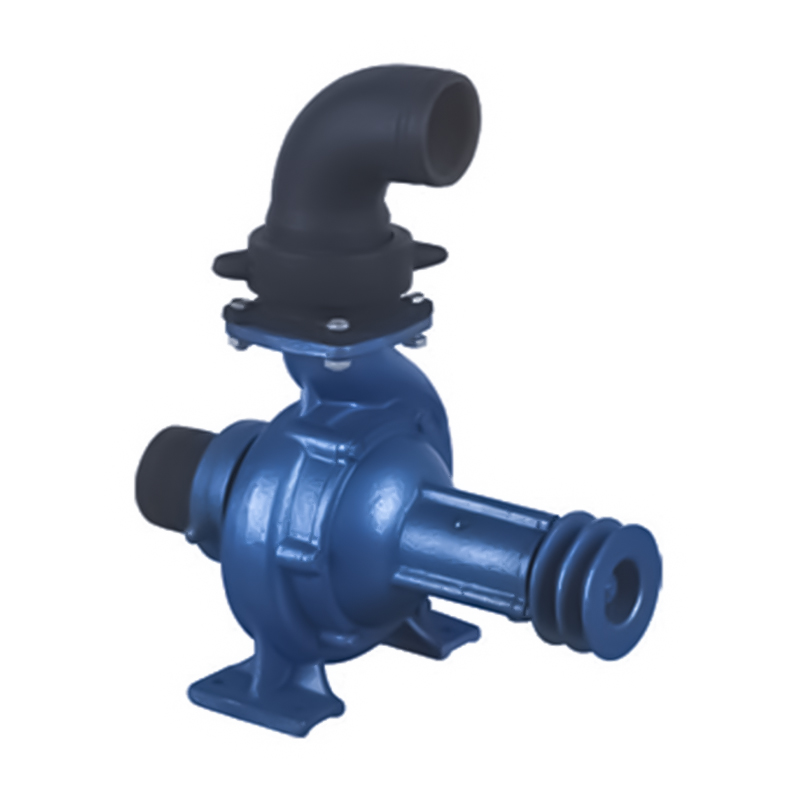
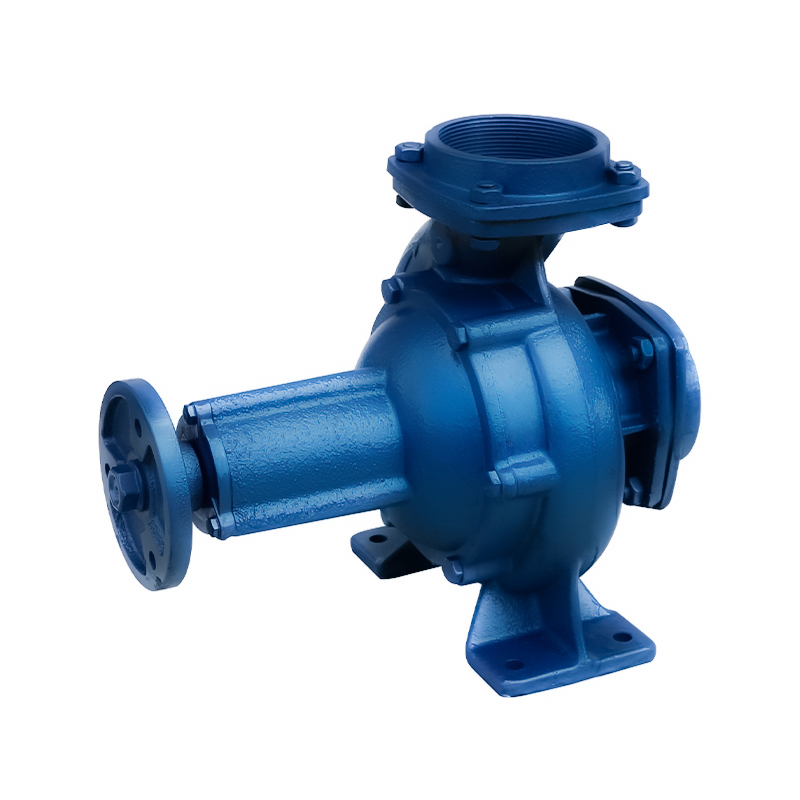
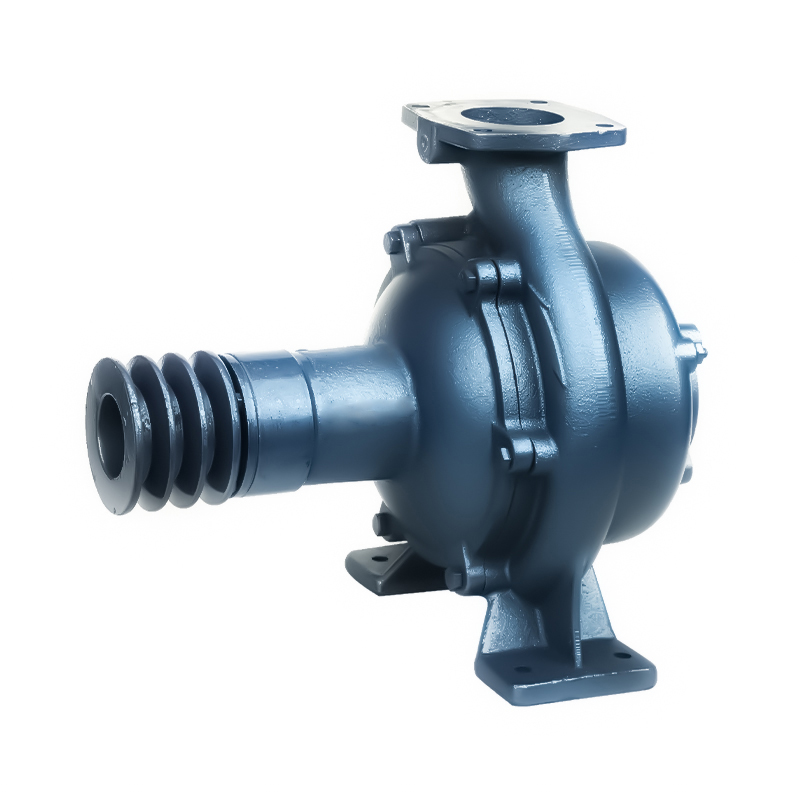
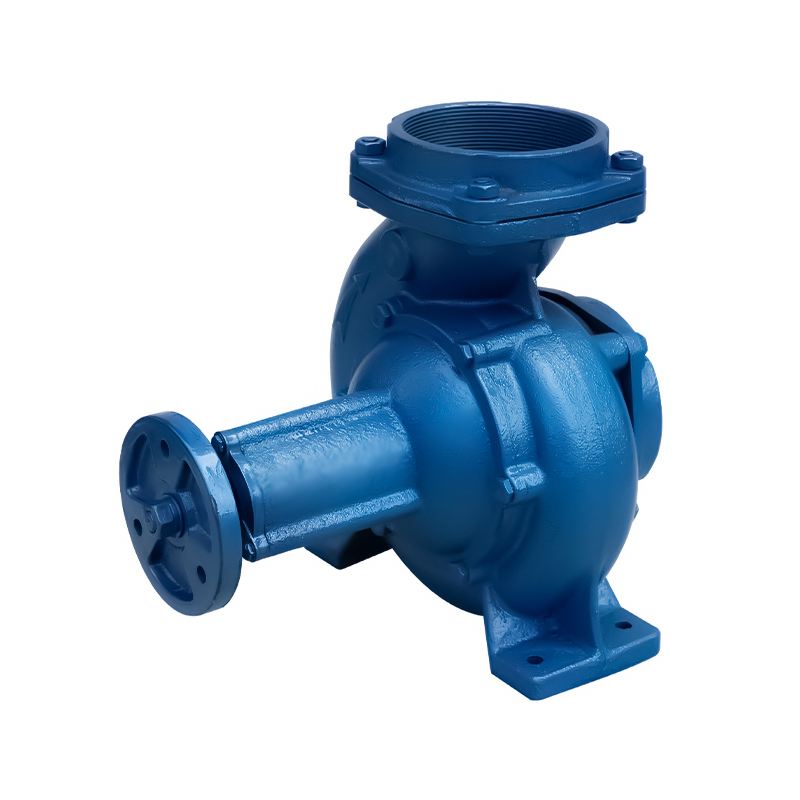

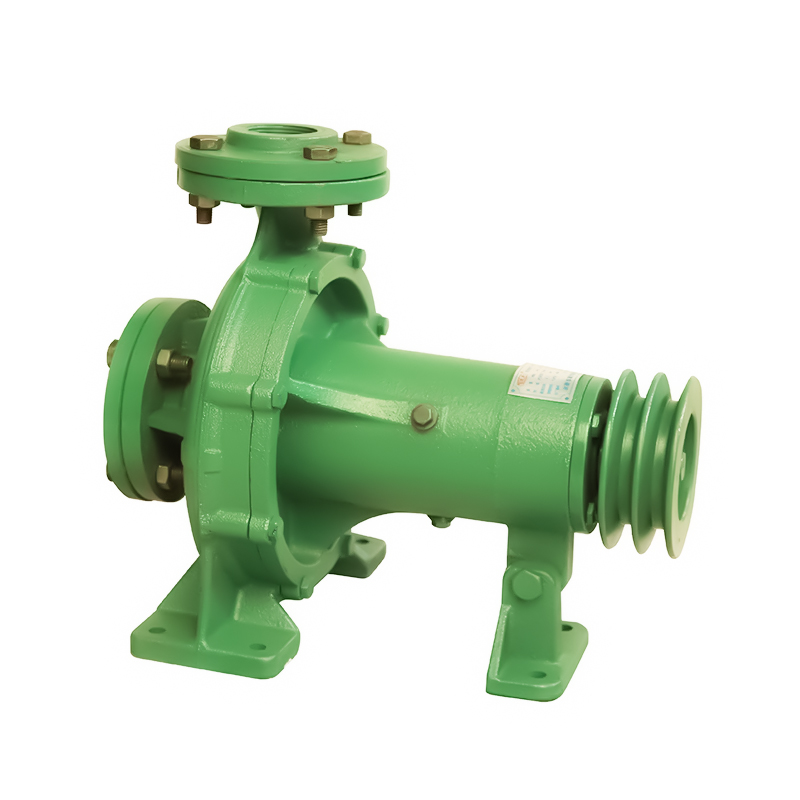

 Email:
Email:
 Phone:+86-13605899207
Phone:+86-13605899207

